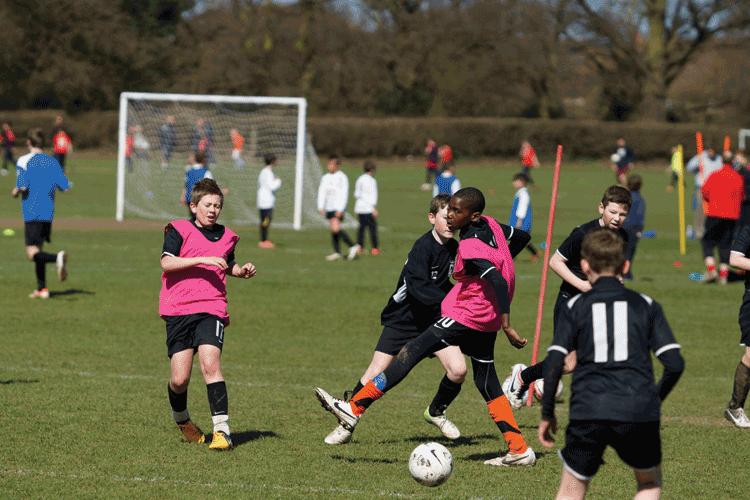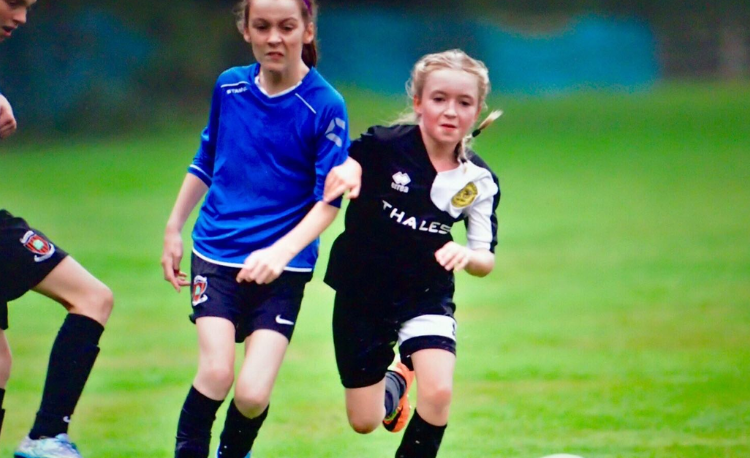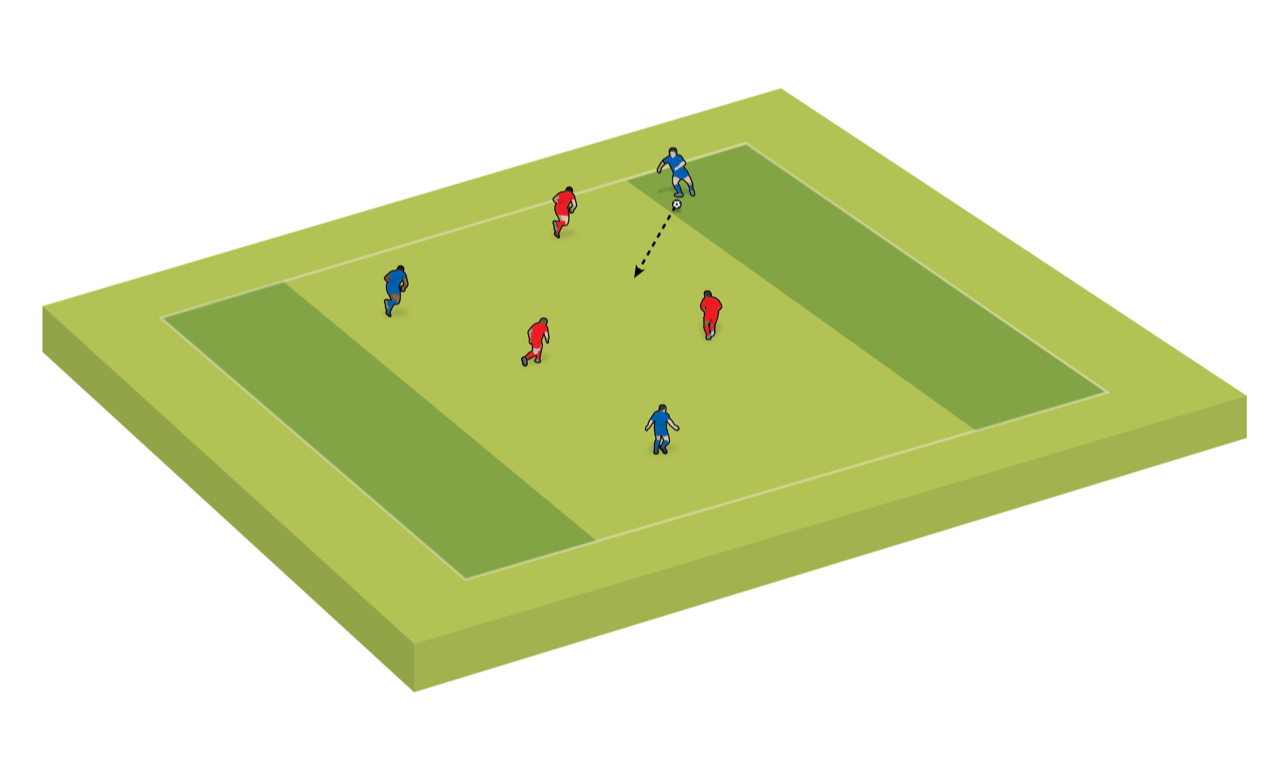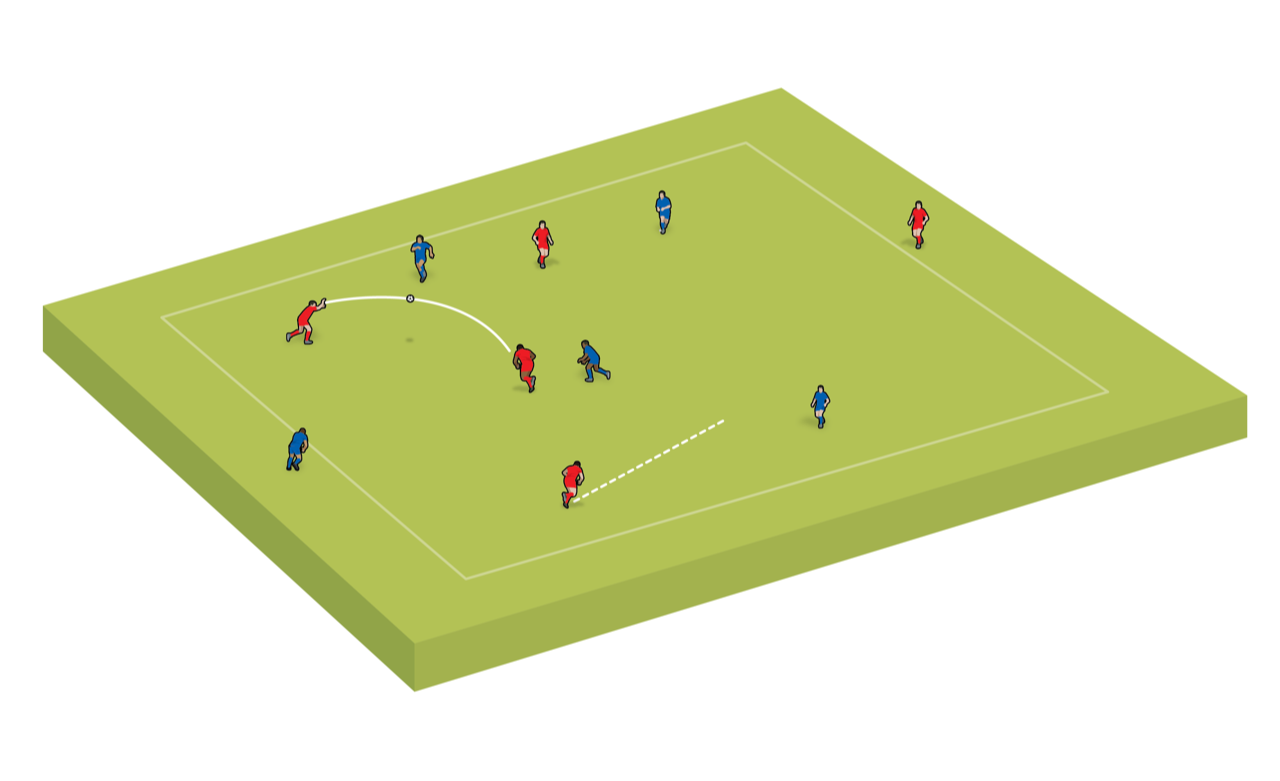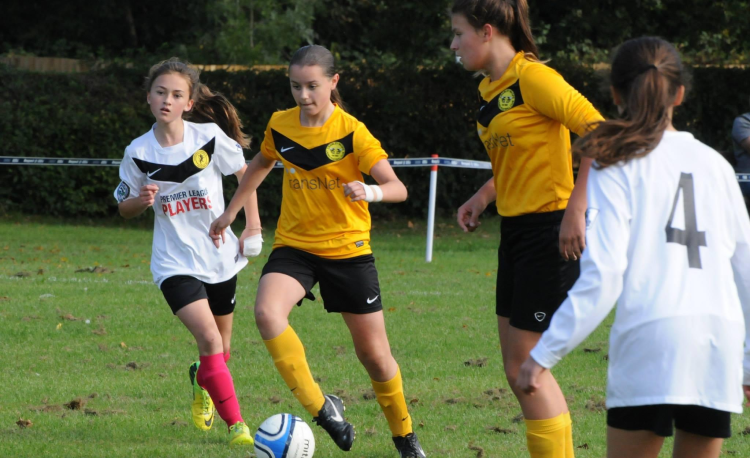13 STEP GUIDE Stage Your Own Soccer Trials
If you need a fresh injection of talent into your team, follow our helpful guide to hosting your own football try-outs and run our special game aimed at getting best out of triallists
If you need a fresh injection of talent into your team, follow our helpful guide to hosting your own football try-outs and run our special game aimed at getting best out of triallists.
Click here for your Player Checklist
THE PERFECT SCHEDULE FOR YOUR SOCCER TRIALS
Use this schedule for your soccer trials but adapt the timings to suit your needs – sometimes you may need to run longer or you may have seen enough after five minutes. Have a starting time but remember that new players and parents may not find the training ground straight away.
5 MINS Start off with players warming up in twos and threes using simple passing games – this gives late players a chance to join in.
2 MINS Get the players together and give them an introduction to the sessions and how you are going to run them.
5 MINS A simple session for players in teams. Mix the triallists with your own players in even teams and play a couple of 4v4s to get everyone into top gear.
5 MINS Stop for a drinks break, allowing you to sort the players into teams.
20 MINS Get your helpers to run the main session from the next page with you watching. You may need to set up two or three of these depending on how many players turn up and how many coaches are helping you. This is the time to walk around the session and watch as many players as possible.
5 MINS Stop for another drinks break and talk to the other coaches about the triallists. Select the players you want to see in a session run by yourself.
10 MINS Run a coaching session yourself using the players you have shortlisted. Playing a simple 4v4 will work best.
5 MINS Stop for another drinks break. You will have some idea of the main players you are interested in, so take this opportunity to talk to them individually.
3 MINS Get all the players together and ask them what they thought of the sessions and give them a chance to talk and to ask you questions
Make sure the details of any player you are interested have been collected before they go
01 MAKE SURE YOUR TEAM APPEALS
You need new players but to get them you have to make sure your team is an appealing proposition. Players may go to two or three trials before deciding who to join, so why should they choose your team? Have a plan that shows your training syllabus, your training and match day facilities, and some information about the other teams at your club. Make sure it covers how you plan to approach the next season and what key developments individual players will get from you. If you want the best players, make sure they know you are the best team.
02 PUBLICISE YOUR TRIAL
Use local newspapers and community websites to let potential players know about the trial, making sure that the information you send out includes the venue, the date and the time of your trial. It’s also very important to include your target age range – the last thing you need is lots of children of wrong age group turning up for your trial.
Also try to get members of your existing team to turn up so you can mix the triallists with your established players and see how they interact. It is important for the balance of your team that the players can get along both on and off the pitch.
03 BE PREPARED AND ORGANISED
Don’t waste time greeting players as they arrive. You’ve got far too many other things to be doing, so make sure you have helpers on hand to register the players and issue them with sticky labels with their names on. If you let yourself get distracted by the formalities, it can often leave you struggling to find the time to set up all of your equipment for the trial – getting it started promptly is the best use of your time. Any precious minutes lost at the start of the tryout will take away valuable observation time – and that could mean missing out on a good player.
04 LET PLAYERS KNOW WHO YOU ARE
At the beginning of the trial, make sure all of the potential players and their parents know who you are. Wear a name badge with your title on it – Joe Bloggs, Head Coach – and make sure you say a few words, introducing yourself and the other coaches. This is the time to tell triallists about how the session will work and what you are looking for once all the preliminaries are over and everyone is warmed up. Tell them it’s not a case of players being good or bad but how they fit into your team. As you are trying to recruit a few of the triallists, it’s important that the players understand what you want from them and that you establish a quick bond with them before the session kicks off.
05 WEIGH UP THE PARENTS
To know what you can expect from players, it’s worth taking the time to assess their parents. Imagine a player who regularly turns up late for training or who needs picking up for matches. He would become a nightmare for you, so talk to the parents about their responsibilities and what you would expect from them. You cannot commit to a player until you know what the parents are like. They can cause problems from the touchline in many ways, such as demanding their son plays in attack. Taking on problem parents can sometimes sabotage your plan for developing the team so beware.
06 DON’T USE STATIC DRILLS
There is nothing worse than surrounding your tryout players with parents with clipboards and stopwatches – dribbling through cones for the fastest time is not a match skill! You can warm up with some technical work with a ball, either as individuals or in twos and threes. Set some challenges like keepie uppies or one-two passing
07 CHOOSE YOUR GAMES CAREFULLY
The best activities to run at a trial are small-sided games. Choose two or three different games where everyone gets a touch of the ball. Running the wrong kind of games will not help you to make your selection, so use activities that will help you to see how your triallists communicate and how well they fit in with their potential team-mates.
08 COACH A SIMPLE DRILL
You will be coaching some of these players for the rest of the season, so why not coach a short training exercise as part of one of your tryout sessions. It can tell you a lot about what you can expect to see at training. What if the potential star player that you have your eye on actually hates to train, doesn’t like to learn and prefers to mess around? Wouldn’t it be better to find out now?
09 ALWAYS MAKE THE TRIAL FUN
You won’t get the best out of triallists if they feel they are under pressure to perform. You want them to do their best and that means they should be relaxed, so make sure to smile. Don’t use this session to point out mistakes – tell the players that mistakes don’t matter and that they shouldn’t worry if they make them.
10 SET CHALLENGES FOR YOUR TRIALLISTS
Work out a number of challenges for the players in the sessions you are running. For instance, if you run the session on the next page, try asking the players to identify the most important things to be done to achieve success. When you’re running the session, see if they can pass the ball and move to receive it – and test them to see if they would pass the ball if they see a chance to shoot.
11 DON’T SCARE OFF NEW PLAYERS
Don’t scare off your triallists by allowing any bad behaviour from your existing team members. If your regulars are messing around and openly showing you disrespect, the new players and parents at your trial will be less than impressed. Trials are not places you want to have to discipline your current players.
12 ASK A LOT OF QUESTIONS
Have a list of questions ready that you can ask – not just about the game but try to find out as much as you can about the players who have come along. Show them you care about them and they will give much more of themselves to the trials you are running. Asking questions might also help you spot the players that would be a nightmare – the ones who won’t get up early enough on the morning of a game or who will fail to turn up to training.
13 DON’T MISS OUT ON A GOOD PLAYER
It’s difficult for youth coaches at grassroots level to be able to distinguish between players with slightly different ability levels and, if the set up at the soccer trial is not getting the best out of the triallists, it is far too easy to overlook gifted footballers in favour of larger and faster players.
If you’re uncertain, rely on your gut instinct because that is usually right but don’t rely on it alone. Talk to the other coaches who were at the trials because they could highlight players you have missed. Listen and consider other views but try not to be swayed by any negativity towards players you thought were good. Listen but ultimately make the decisions your own.
WHAT TO LOOK FOR IN A PLAYER
Give marks out of 10 for these specific areas of play and score each player out of 100 to see if they’ve got what it wakes…
Good first touch
Ease on the ball
Good dribbling skills
Confident to beat players 1v1
Communication with team-mates
Knows where and when to support
Speed with and without the ball
Good at closing down and tackling
Speed in decision-making
Can anticipate play and intercept
Newsletter Sign Up
Coaches Testimonials

Gerald Kearney, Downtown Las Vegas Soccer Club

Paul Butler, Florida, USA

Rick Shields, Springboro, USA

Tony Green, Pierrefonds Titans, Quebec, Canada
Subscribe Today
Discover the simple way to become a more effective, more successful soccer coach
In a recent survey 89% of subscribers said Soccer Coach Weekly makes them more confident, 91% said Soccer Coach Weekly makes them a more effective coach and 93% said Soccer Coach Weekly makes them more inspired.
*includes 3 coaching manuals
Get Weekly Inspiration
All the latest techniques and approaches
Soccer Coach Weekly offers proven and easy to use soccer drills, coaching sessions, practice plans, small-sided games, warm-ups, training tips and advice.
We've been at the cutting edge of soccer coaching since we launched in 2007, creating resources for the grassroots youth coach, following best practice from around the world and insights from the professional game.
